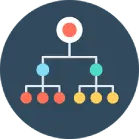How to utilize TM1 Planning Analytics functionality for your Technology Allocations Allocation Technology and other Service charges back to the departments is typically a difficult exercise for most organisations. There is a large amount of different data sources , data mapping, calculations and reporting capability required. This is just for the actuals – forecasting accurately is usually a ...
How to utilize TM1 Planning Analytics functionality for your Technology Allocations
Allocation Technology and other Service charges back to the departments is typically a difficult exercise for most organisations. There is a large amount of different data sources , data mapping, calculations and reporting capability required. This is just for the actuals – forecasting accurately is usually a bridge too far for most organisations. It does not have to be this difficult!
Why do we need to allocate charges – It largely influences the behavior and ensures that departments incur appropriate level of expense based on their usage. With larger enterprises it also has tax implications when service provider and receiver are in different countries or jurisdictions. (Transfer pricing is high on radar of most governments and the largest of our corporations)
Accurate allocations also provide transparency to both the department heads and the CIO’s on the cost base and its distribution. It is crucial in planning supply and demand of IT services.

5 Levels of Maturity - Where do you stand ?
- Level 1- Sub Optimised - No Allocation of Service cost
- Level 2 – Rationalised - High-level cost allocation with no direct correlation to service usage; based on relatively arbitrary metrics such as costs as a percentage of revenue or number of employees Level
- Level 3 – Optimised - Activity based, non-integrated cost allocation for each service function Level
- Level 4 – Strategic - Fully transparent cost allocations and customer chargeback structure aligned with service portfolio using reliable unit rate rationalization and forecasting
- Level 5 – Differentiated - Flexible pricing structure optimized for cost reduction with integrated processes and tools
Transforming Cost Allocation for IT Services - KPMG

We have succesfully used TM1 for the following
- Application Costing
- Chargeback applications
- Cost Transparency
- Answer Business & IT queries on Costings
- Singular platform for Actuals and Forecasts
- Platform that integrates Vendor/projects with other existing IT costs
- Move away from static rate card mechanism of charging
- Integrate with GL system to post Journals
- Integrate with all other IT subsystems to capture usage and costs
- 360 degree view of cost and its drivers
- Manage Service Level Agreements
- Smarter vendor and license management
- Ability to calculate at any level of granularity
Click here for more of our blogs.
.webp?width=300&height=148&name=ibm-business-partner-logo-E4095897F9-seeklogo.com(1).webp)
we go the extra mile so you can go the distance|
Got a question? Shoot!
Lorem ipsum dolor sit amet, consectetur adipiscing elit, sed do eiusmod tempor incididunt ut labore et dolore magna aliqua.



.png?width=673&height=371&name=IBM_Gold-removebg-preview%20(1).png)
Leave a comment